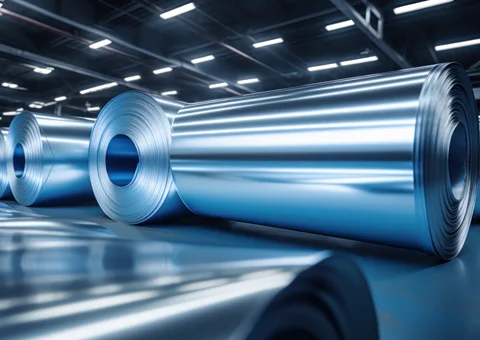The profitability of Chinese steel mills began to recover last month, with the improvement likely to accelerate in the second half of the year if the government delivers on its pledges to tackle overcapacity.
At the half-year mark, accumulated profits from ferrous metal smelting leaped nearly 14-fold, albeit from the tiny base of the same period last year, according to the statistics bureau on Sunday. Margins found support in June as mills cut output, and raw material costs were generally weaker than product prices.
The steel industry has endured a torrid few years due to the crash in China’s property market, traditionally its chief source of demand. That’s left the sector a prime target for Beijing’s anti-involution campaign, which has shifted into higher gear in recent weeks. Although mills have dodged meaningful limits on capacity before, there’s heightened urgency among policymakers to restrain excessive competition across the economy.
Ways to rein-in overcapacity are still being considered, although mills may have gotten ahead of the game by significantly reducing production in June. That pushed first-half output to its lowest since 2020, leaving it an open question whether the government will need to enforce further cuts.
At the same time, demand has improved. Consumption rose 4.3% in the first half, led by autos and machinery, according to Bloomberg Intelligence. While the construction sector remains fragile, exports have defied trade headwinds and continued to boom, BI said.
And the outlook is getting brighter, not least from the jump in demand likely to result from the construction of China’s mega-dam in Tibet. Over 60% of steelmakers are now profitable, UBS AG said in a note last week, compared with just 30% in July 2024.
Source:Bloomberg

